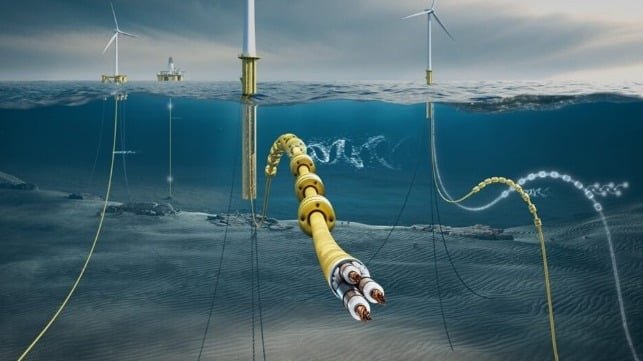They can measure the stresses that occur and determine how these affect the lifespan of the cable. This information is then used to improve the design and materials used in the cables, ultimately leading to longer-lasting and more cost-effective solutions.
Dynamic underwater cables play a crucial role in the expansion of renewable energy sources such as offshore wind farms. By ensuring the reliability and longevity of these cables, researchers like Naiquan Ye and his team at SINTEF are helping to lower costs and make these projects more sustainable in the long run.
With the increasing demand for underwater power cables in Europe and around the world, the work being done to improve their design and production processes is more important than ever. By combining advanced numerical simulations with rigorous laboratory testing, researchers are able to push the boundaries of what is possible in the field of dynamic cables.
As we continue to harness the power of the ocean for renewable energy, dynamic underwater cables will play a vital role in connecting these sources to the grid. Thanks to the dedicated efforts of researchers and engineers, these cables will continue to evolve and improve, ensuring a more sustainable future for generations to come.
The Complex Movement of Cables in Operation
When it comes to cables used in ocean installations, there are many components that can move inside the cable during operation. These movements are often non-linear, meaning they are not directly proportional to the movements around the cable. This non-linear movement is primarily due to friction between the components inside the cable, making it challenging to accurately calculate how a cable and its contents will move.
Testing full-scale cables is crucial in understanding how much stress the cable can withstand, its overall strength, and identifying potential weak points that could lead to failure. By conducting these tests, engineers can gain valuable insights into the performance of cables in real-world conditions.
It is essential to recognize the intricate dynamics of cables in operation, as they play a critical role in the success and safety of ocean installations. Understanding how cables move and behave under various conditions is vital for ensuring the reliability and longevity of these crucial components.
This article appears courtesy of Gemini News and may be found in its original form here.
The opinions expressed herein are the author’s and not necessarily those of The Maritime Executive.

